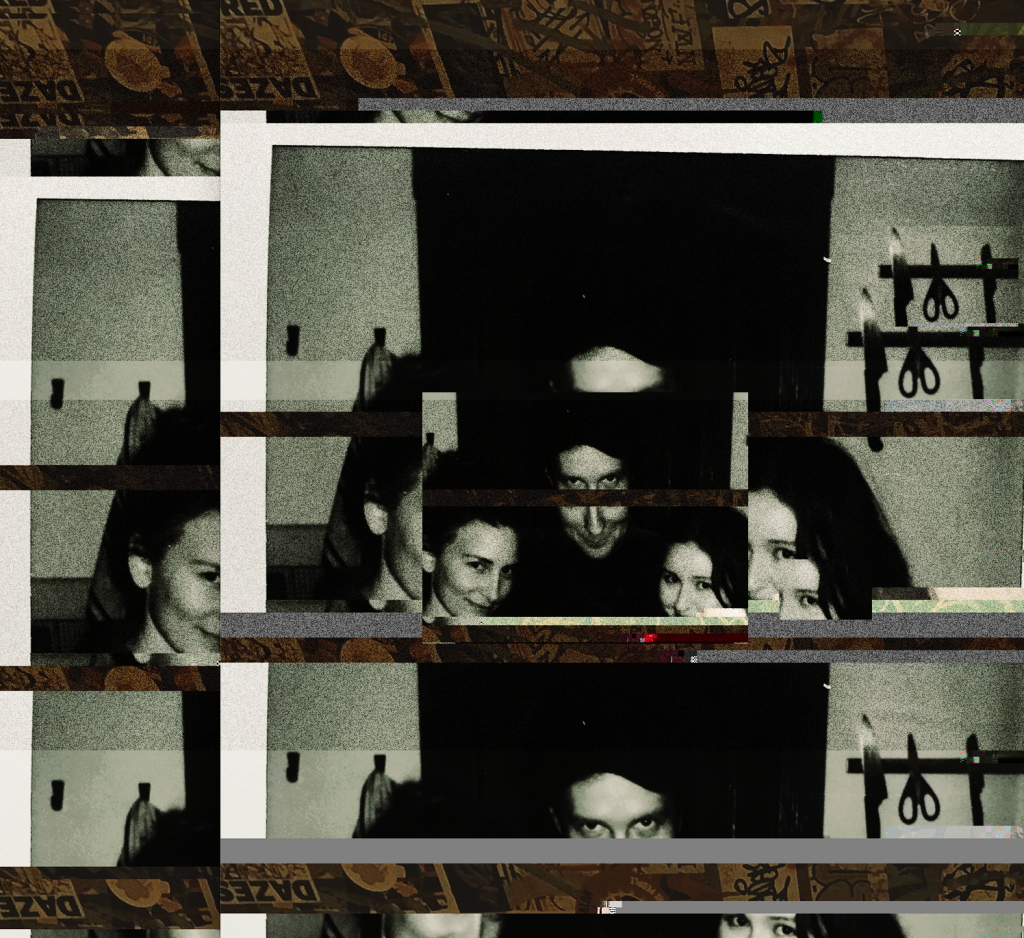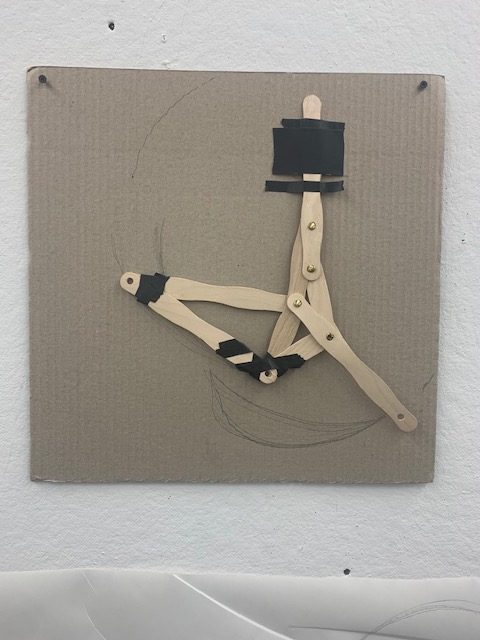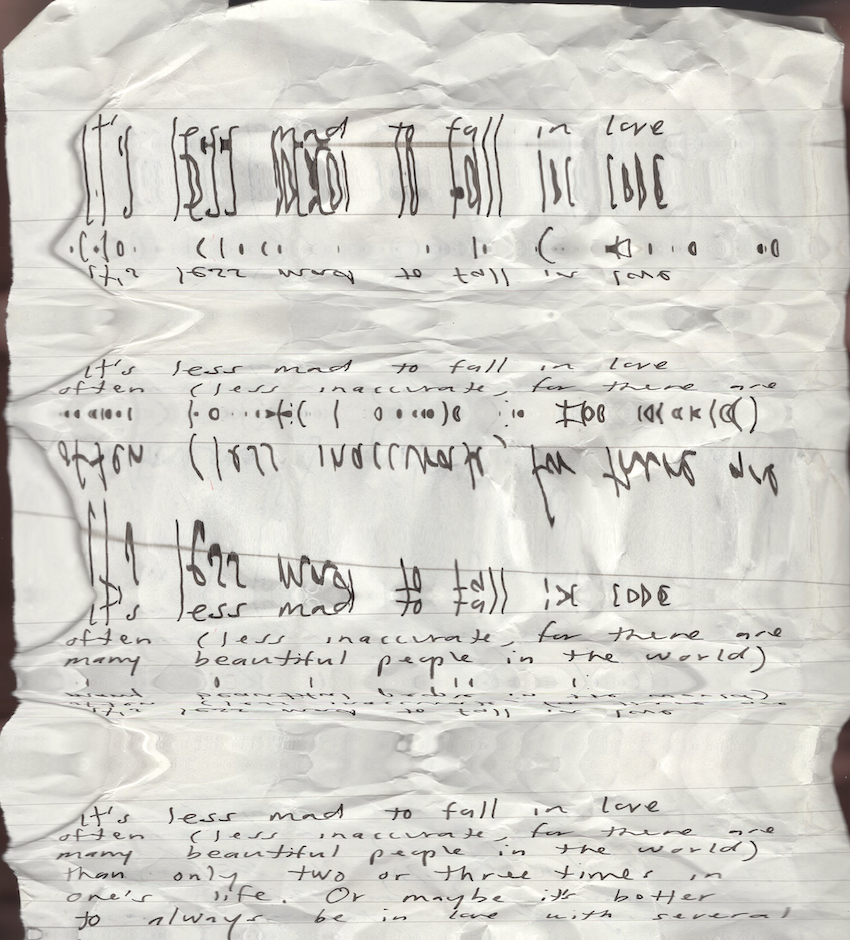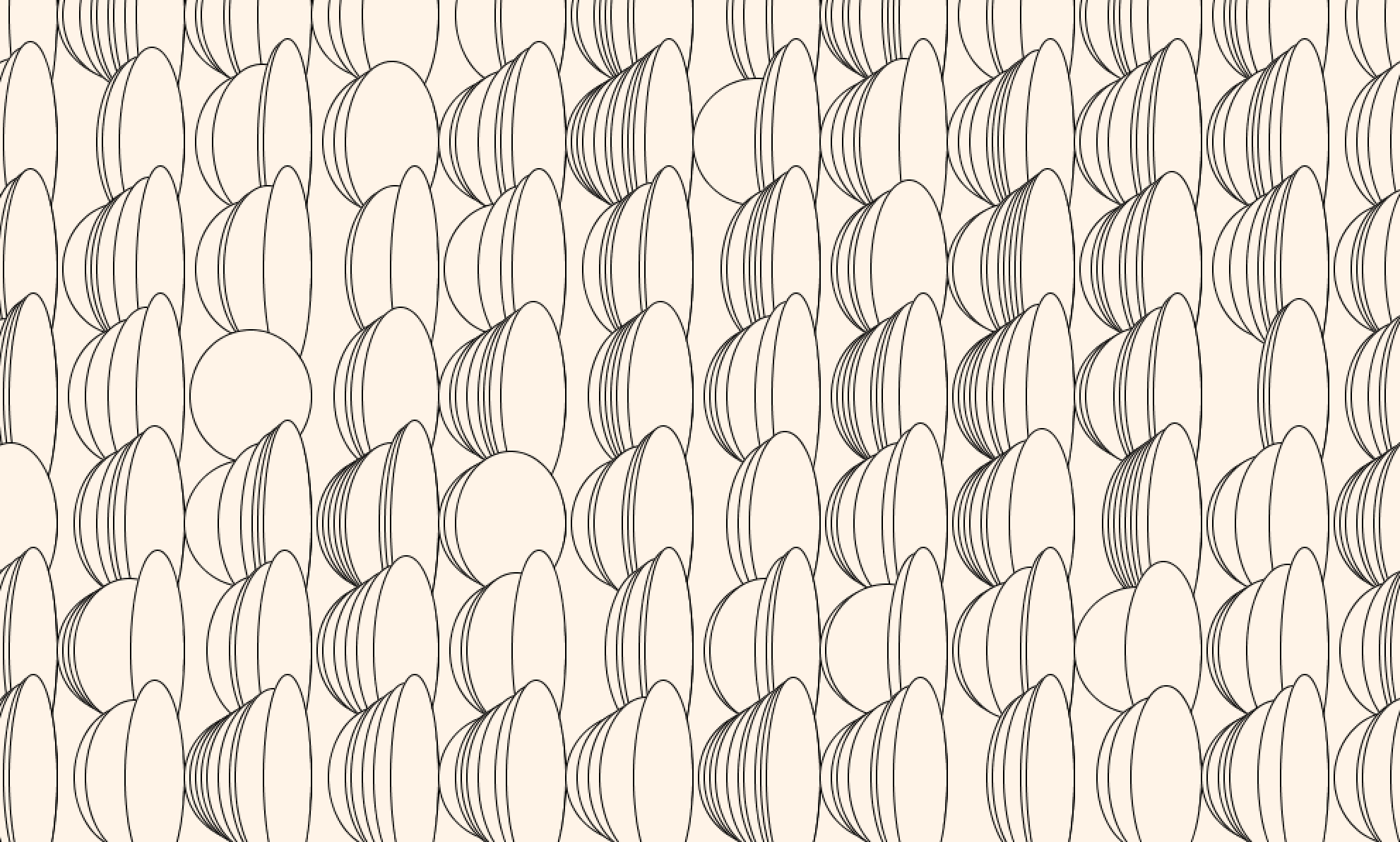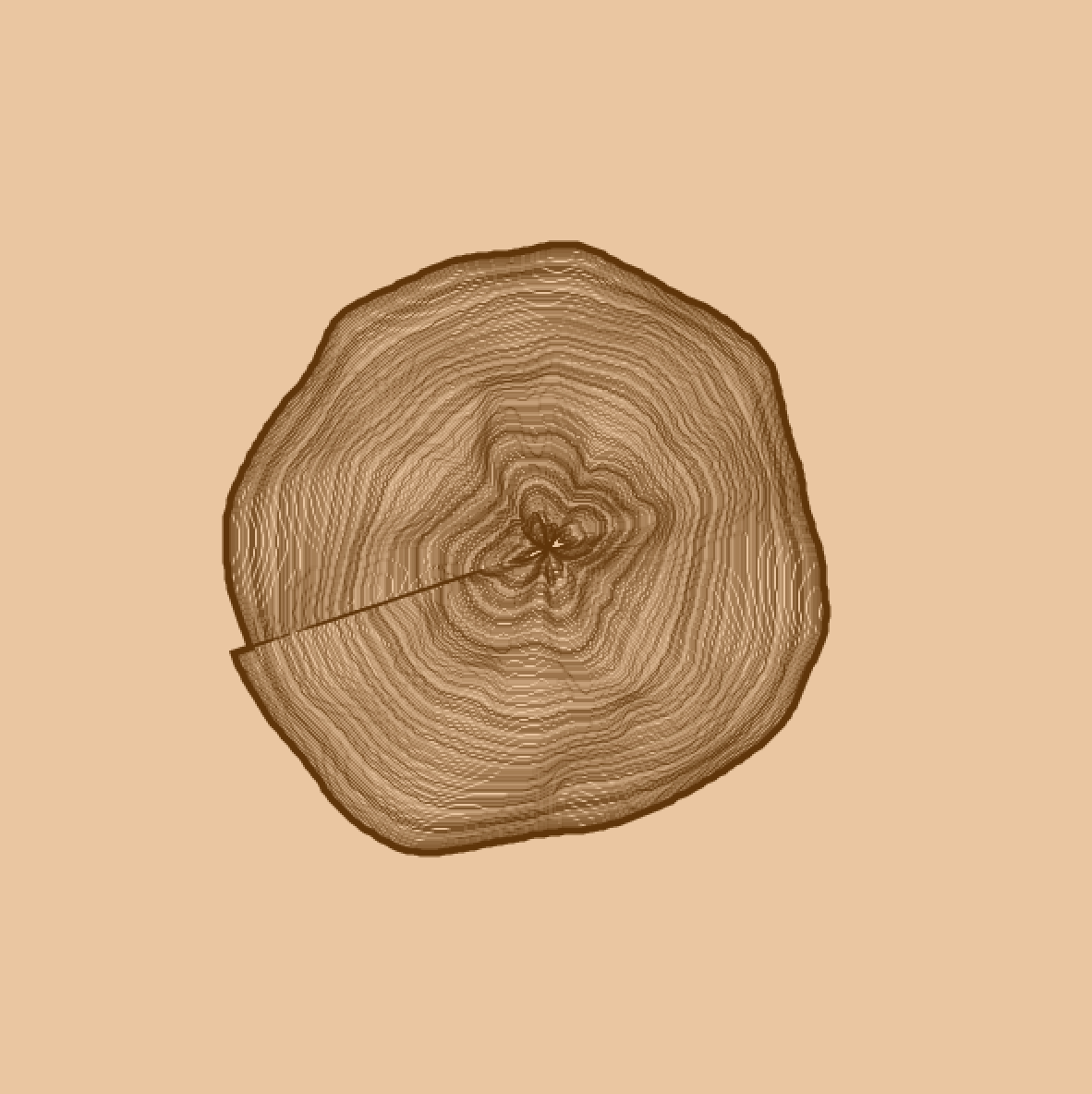Glitch art was perhaps one of my favorite assignments that we had to take on during this course. This is because it wasn’t something that I was quite expecting to like. I have a fair bit of background in photography, but I’ve always had the mentality that a photo should be left alone after you take it. Henri Cartier-Bresson is an artist who I have looked up to for a very long time, and his ideology is that the perfect photo is a candid one, one that you cannot expect to happen. It just happens and is a snapshot of life. Therefore if a photo fails to capture this effortless beauty, then it fails to be a good photo. However, this assignment made me rethink my original beliefs. In fact, glitching adds a lot to a photo. When we glitch a photograph, we are simply creating a new piece of artwork (at least that is how I view it) and thus it shall not be compared to photography. The photo is merely the base, almost acting as an understudy.
The two photos above exemplify the work that I had the most fun with. It was created for the “Good vs Evil” assignment. I enjoyed trying to capture the essence of good and evil that I saw within myself. I chose a rather innocent looking photo of me for the “Good” portion and glitched it using soft and light colors. It almost has a 2006 MySpace feeling. I used a website for glitching this one. For the evil photo I glitched a photo of my family and I. It was already taken on an old polaroid, and I thought it had a very ominous feeling to it. Then I glitched it manually a bit (mixing it with the TXT of another image) before putting it into a glitching website.
Oh the dreaded drawing machines…. I really did not like this assignment. At all. I mean that as no offense to the class (because I really like the class). However, trying to do this project sucked the life out of me. I think this goes back to the fact that I have a very traditional arts background. As someone who loves drawing by hand, it was very difficult for me to give up my control to the machine. I know that when using a machine, it’s not possible to always have the control (which is actually what makes drawing machines SO GREAT and this is just why we’re not compatible). I wanted to make a very specific shape with the drawing machine and when it wasn’t doing that right away I grew frustrated.
However, I admire this project for the sole fact that I learned so much from it. Not only did I grow more respect for artists who use and create drawing machines, but I learned that I need to experiment with a lack of control more when it comes to my own art. But that is a process that is going to take me a while to learn, especially because there’s so many forms of drawing machines and each one takes on whatever control it so deems.
Now here is my utmost favorite assignment. Working with scanners is something that I love so much. I really miss it, because I do not have a high quality scanner at home. There’s just so many things you can do with a scanner.
I took it upon myself to scan letters and notes that were personal to me. When scanning them, I experimented with moving them around mid-scan and created many warp-like effects. I never knew what words would warp or what words would be distinguishable. It was always a fun surprise, especially when it worked out well for me. Something that I think is great with this work is that it forces a person to re-evaluate the way they read text. The text here is not presented in a typical way, and it causes the eyes to read all around the page instead of just from top to bottom. I plan to continue experimenting with this idea even more.
